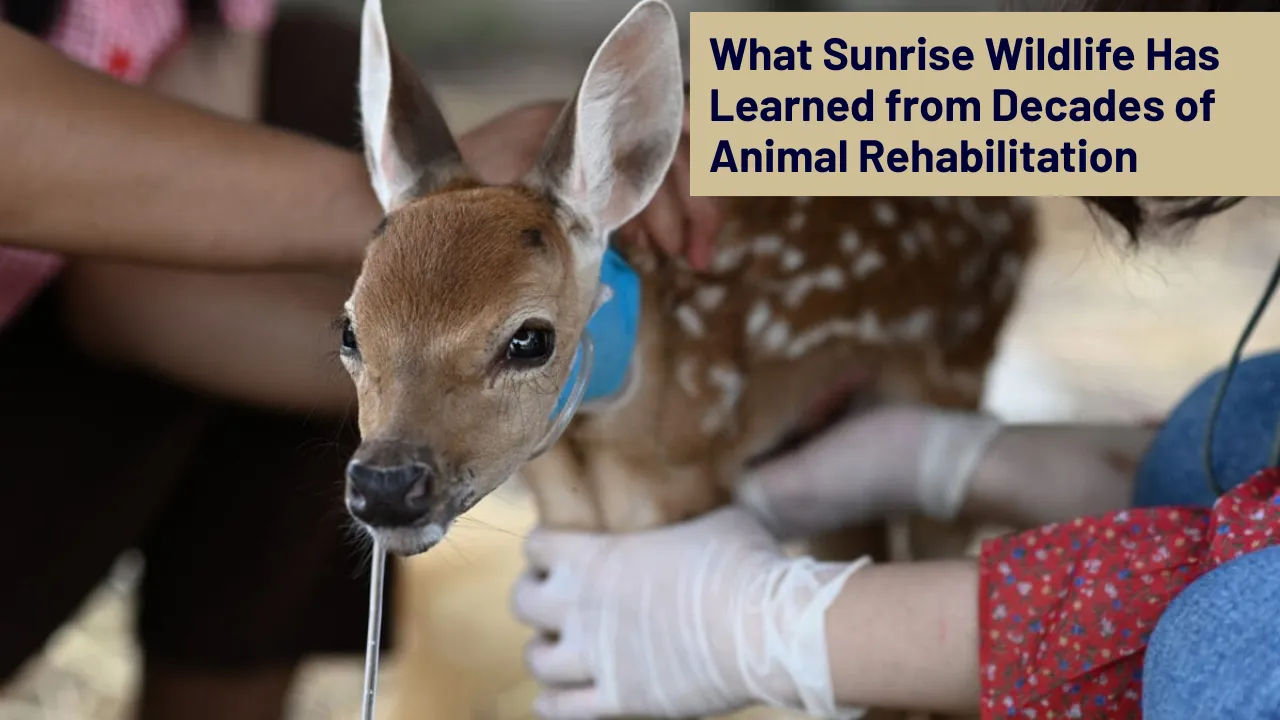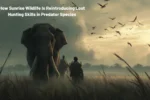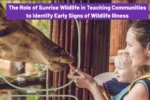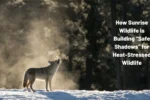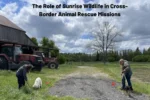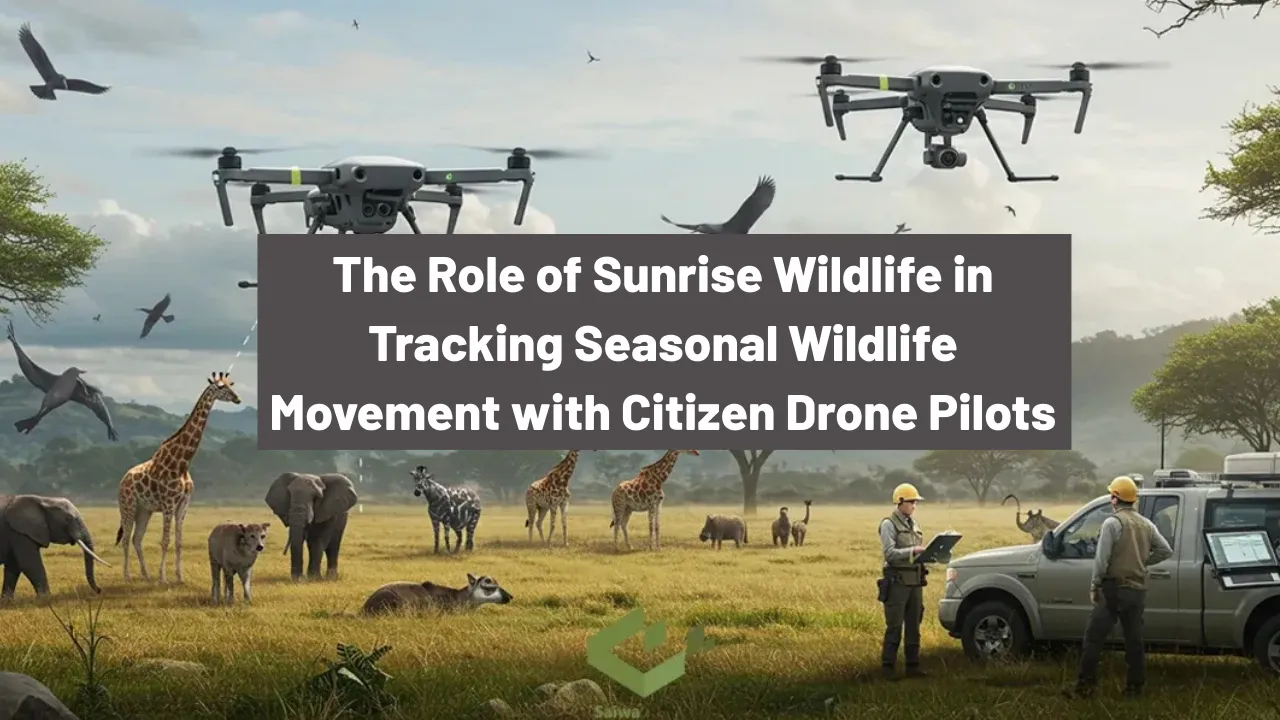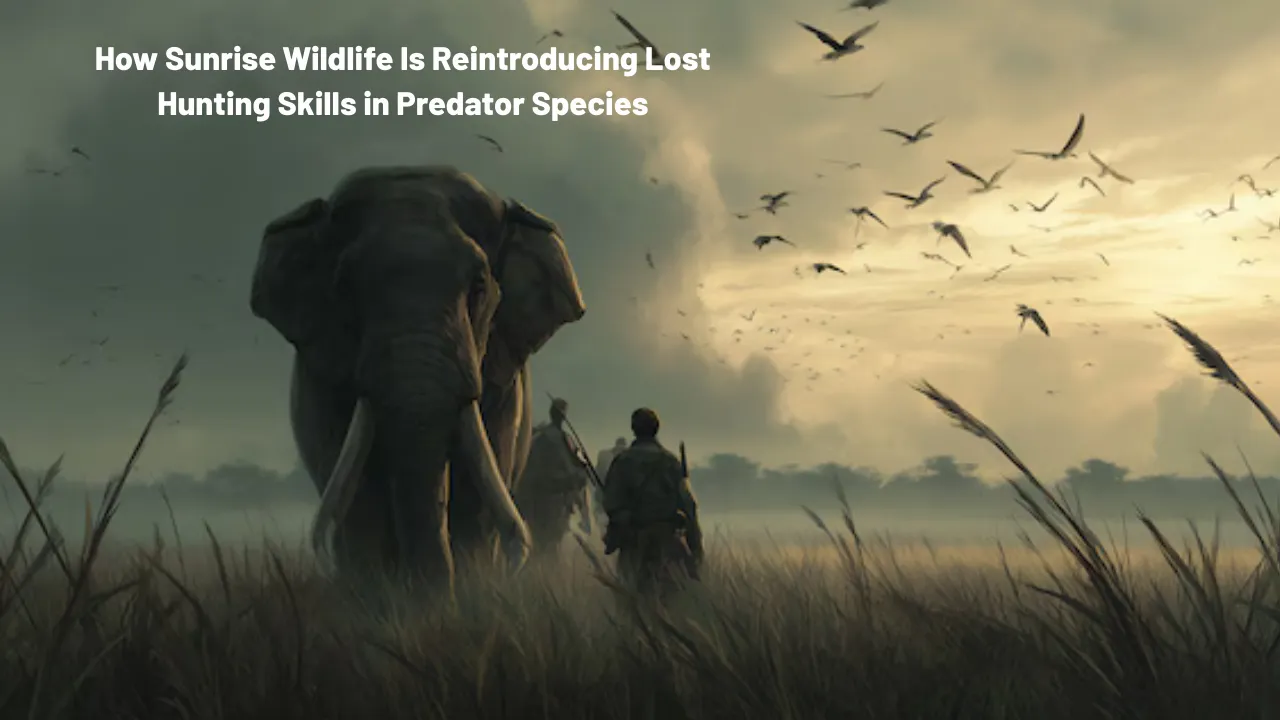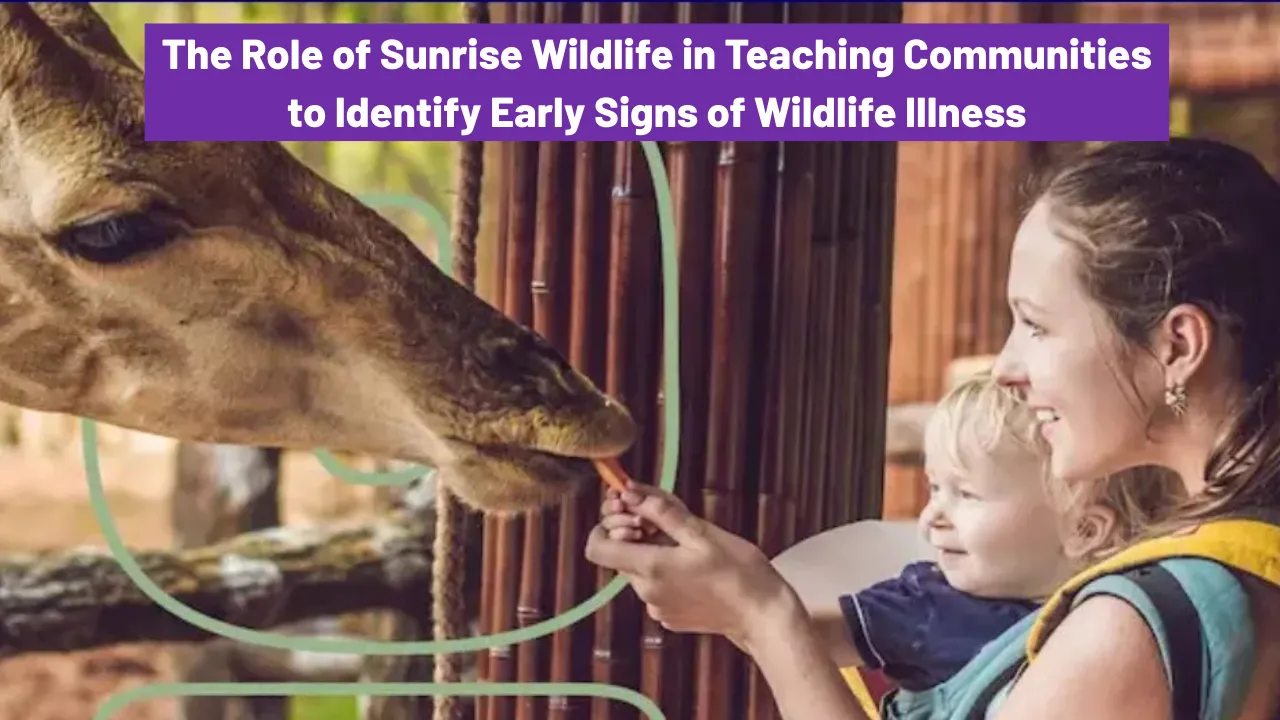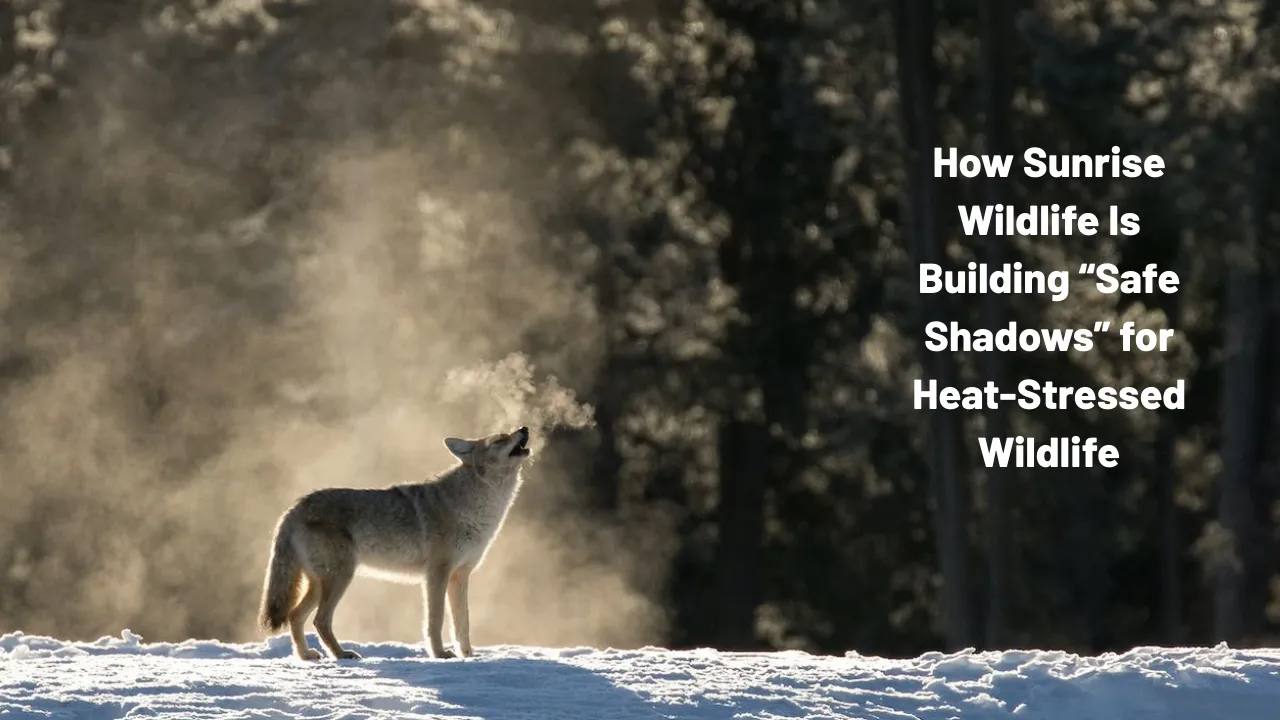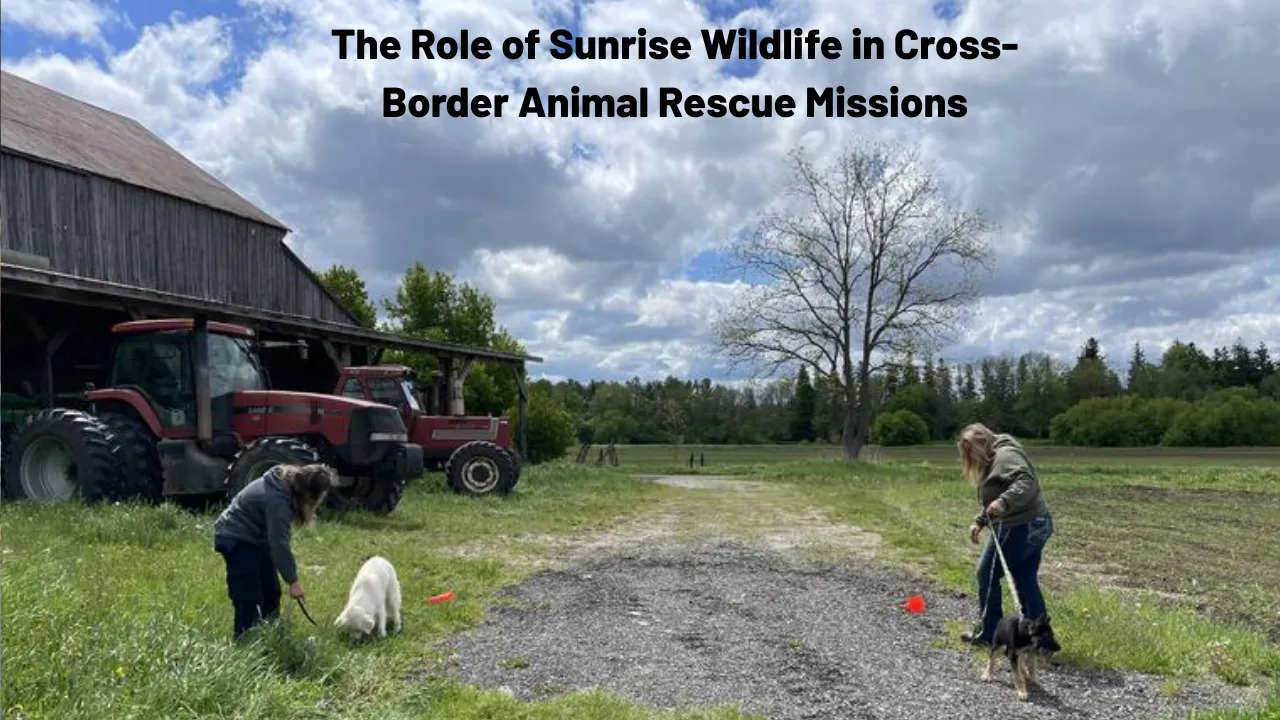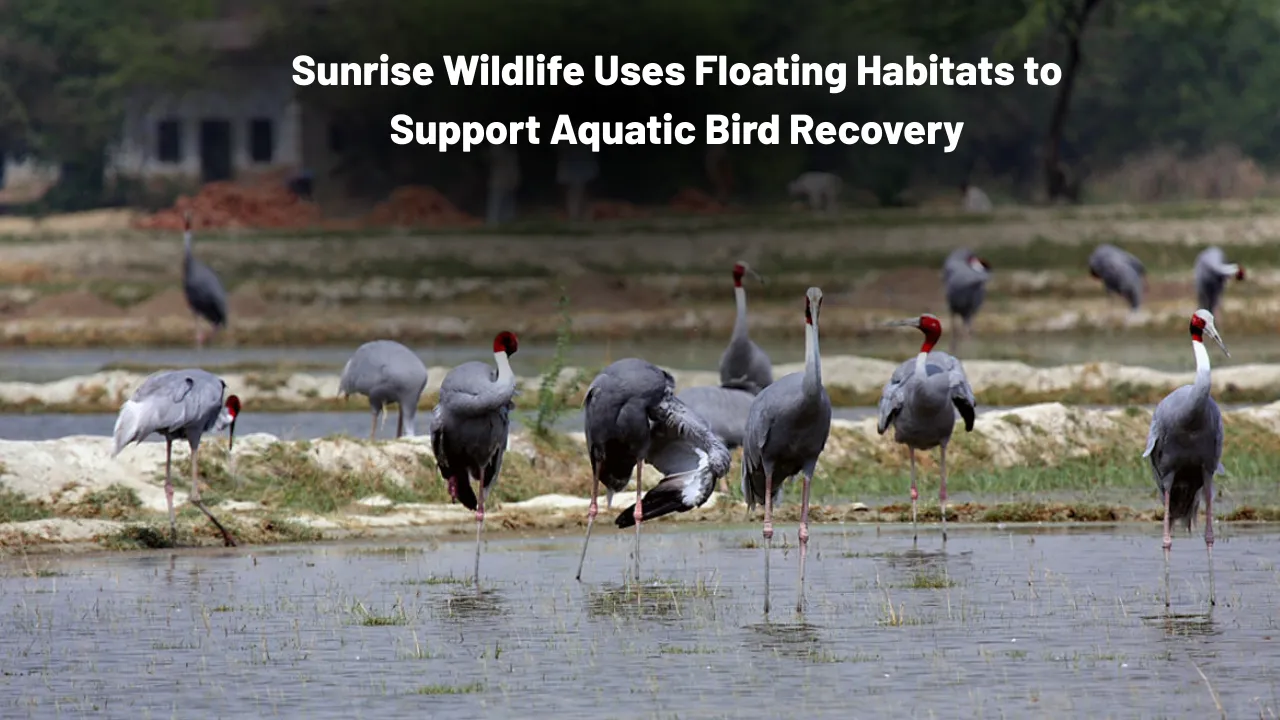Animal Rehabilitation: Animal rehabilitation is one of the most important yet underappreciated aspects of wildlife conservation. For over thirty years, Sunrise Wildlife has stood as a beacon of hope for injured, sick, and orphaned animals, offering them a second chance at life. Their unwavering commitment to healing wildlife has not only helped thousands of animals return to nature but has also enriched the broader understanding of how we can better coexist with the natural world.
This article explores the invaluable lessons Sunrise Wildlife has learned throughout its decades of hands-on work in animal rehabilitation. From improving care strategies to adapting to environmental changes, their journey reveals both the heart and science behind successful wildlife recovery. You’ll gain a deeper understanding of their methods, community involvement, and how their work continues to influence future approaches in wildlife care.
Insights from Animal Rehabilitation
At the heart of Sunrise Wildlife’s success lies a deep understanding of the principles behind animal rehabilitation. This isn’t just about treating injuries—it’s about restoring life. The organization has learned that every rescued animal presents a unique set of challenges. Whether it’s a fractured wing on a hawk or an orphaned raccoon struggling to survive, tailored care, patience, and species-specific strategies are essential. Sunrise Wildlife emphasizes holistic treatment approaches that include proper diet, safe enclosures, and minimal stress. Their experience has also shown that collaboration with veterinarians, volunteers, and environmental experts is key to ensuring long-term recovery. Through continuous learning and adaptation, Sunrise Wildlife has become a respected leader in wildlife care.
| Key Aspect | Insight Gained |
| Long-Term Care | Healing can take weeks or months depending on the animal |
| Volunteer Impact | Trained volunteers are essential to maintaining daily care |
| Education | Community awareness reduces unnecessary animal rescues |
| Release Methods | Soft-release techniques improve survival post-release |
| Adaptation | Climate changes and urban sprawl require updated strategies |
Long-Term Commitment Builds Trust and Expertise
Decades of experience have taught Sunrise Wildlife that consistency is vital in any wildlife rehabilitation center. Building trust within the community and with local environmental agencies takes time, but the rewards are worth it. This trust ensures that more injured animals are reported promptly and transported safely to their facility. The center has also become a learning hub, attracting aspiring professionals who want to deepen their knowledge of animal care.
Their expertise isn’t static. Over time, Sunrise Wildlife has refined how it handles both common and rare wildlife cases. This dedication to improving practices, grounded in years of observation and real-world challenges, has enhanced survival outcomes for countless animals.
Every Species Has Unique Needs
No two animals heal the same way. A key realization at Sunrise Wildlife has been that species-specific treatment is non-negotiable. For instance, migratory birds require a carefully timed release window, while predators like foxes need behavioral rehabilitation to avoid human dependency.
By developing care plans tailored to the biology and instincts of each species, the center ensures that animals regain their natural behaviors. Whether it’s adjusting enclosures for nocturnal animals or managing feeding schedules for native species, every detail matters. Their individualized approach continues to shape their reputation as a forward-thinking wildlife rehabilitation center.
List: Key Lessons Learned from Decades of Wildlife Care
- Patience Is Vital: Sunrise Wildlife knows healing doesn’t follow a schedule. They focus on full recovery rather than speed.
- Public Education Matters: Educating the public about wildlife safety helps reduce unnecessary human interference.
- Proper Nutrition Saves Lives: Adjusting diets to meet the needs of specific animals boosts survival rates.
- Stress Reduction Is Key: Low-stress handling minimizes complications during the recovery process.
- Documentation Improves Outcomes: Detailed case tracking enables better treatment in future rescues.
Importance of a Strong Volunteer Network
The backbone of Sunrise Wildlife’s operations lies in its dedicated volunteers. These individuals undergo specialized training to handle tasks like feeding, cleaning, and even basic medical support. Over time, volunteers grow into experienced caregivers, increasing the center’s capacity for handling a wide range of animals.
This strong human network allows the rescue organization to respond quickly to emergencies and ensures continuity of care. Volunteers also help with public events and educational outreach, strengthening community ties and raising awareness about wildlife rescue and rehabilitation practices.
Adapting to Changing Environments
Environmental conditions are not what they were 30 years ago. Sunrise Wildlife has observed a sharp rise in animal injuries linked to climate change and human encroachment. Heatwaves, wildfires, and shrinking habitats have pushed more wildlife into urban areas, increasing their vulnerability.
To adapt, the center now incorporates climate-resilient designs into enclosures and adjusts care routines based on seasonal shifts. Their evolving approach has also influenced local wildlife policy, advocating for safer urban development and increased investment in wildlife treatment facilities.
List: Tools and Techniques That Improved Animal Rehabilitation
- Digital Medical Records: Allow better tracking of animal progress and recurring health issues.
- Wildlife Monitoring Devices: Help track post-release behavior in animals like owls and bobcats.
- Specialized Enclosures: Mimic natural habitats to encourage natural behavior during recovery.
- Behavioral Observation Logs: Allow rehab staff to tailor therapy to individual animal needs.
Community Involvement Is Key
One major insight Sunrise Wildlife emphasizes is the value of community. Their efforts to engage the public through workshops, school programs, and wildlife education events have made a clear difference. Not only does this build support, but it also creates a ripple effect—more people know what to do when they encounter injured animals and how to avoid harming them.
The organization frequently collaborates with local governments and conservation groups to raise funds and awareness. Community-led initiatives have even resulted in the creation of safe corridors for migrating wildlife. The more people involved, the more effective wildlife conservation becomes.
Release Is Just the Beginning
Sunrise Wildlife doesn’t just open the cage and hope for the best. The release of a rehabilitated animal is done strategically, often through a soft-release approach. This involves gradually exposing the animal to its natural environment while still providing some level of support.
Post-release monitoring is also crucial. It allows the center to learn which animals thrive and which ones struggle. These insights then loop back into improving treatment plans, forming a continuous cycle of learning, caring, and improving the animal recovery process.
FAQs
What is the main goal of animal rehabilitation?
The goal is to heal and prepare wild animals to survive independently in their natural habitat.
How does Sunrise Wildlife determine if an animal is ready for release?
They assess behavior, health, and ability to survive on their own based on species-specific standards.
Can the public bring injured animals directly to the center?
Yes, but it’s recommended to call first for guidance to ensure safe handling and transport.
Are all rehabilitated animals released back into the wild?
Most are, but some may be placed in permanent sanctuaries if they can’t survive in the wild.
How does the center fund its operations?
Through donations, grants, volunteer work, and educational programs that support animal welfare efforts.
Final Thought
Sunrise Wildlife’s journey through the world of animal rehabilitation is a testament to persistence, compassion, and evolution. Their decades of experience have created a ripple effect in the wildlife rescue world, shaping better practices and educating communities. They’ve shown that with care, science, and collaboration, even the most vulnerable creatures can have a second chance.
If you care about wildlife, consider visiting a local rehab center, volunteering, or simply spreading awareness. And don’t forget to explore more stories that connect you with nature and the importance of protecting our native species.
